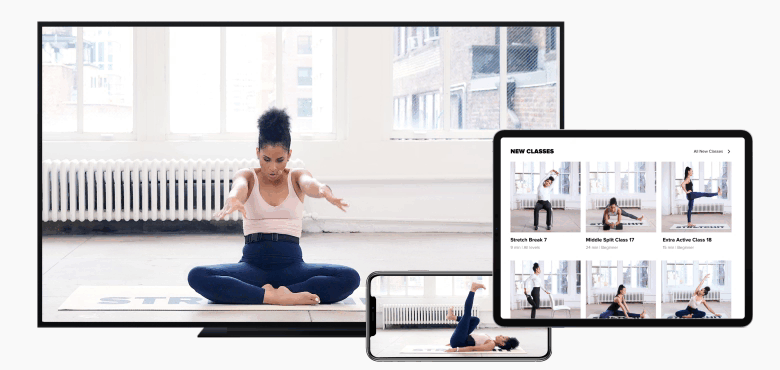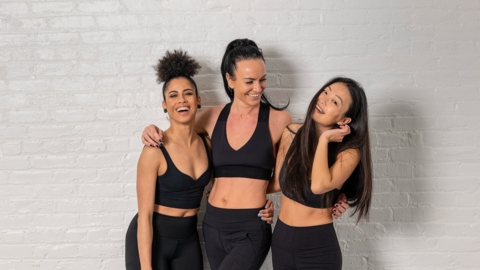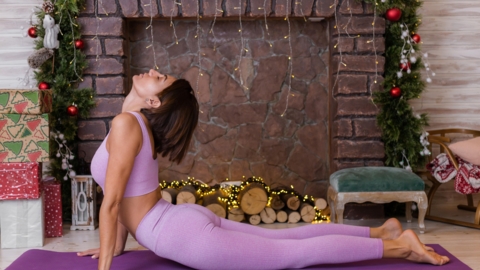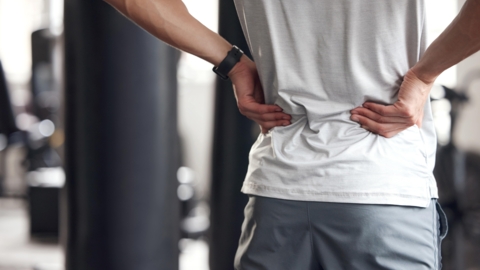Active Flexibility Training - The Missing Link In Your Yoga Practice
Suppose you're a yoga enthusiast looking to make your flexibility more applicable for a sport, the dance floor, recreational activities, or simply seeking a more goal-driven approach to flexibility. In that case, you're in the right place.
This article will introduce you to the type of flexibility that makes the difference when you need your flexibility to carry over into other areas than just on the yoga mat.
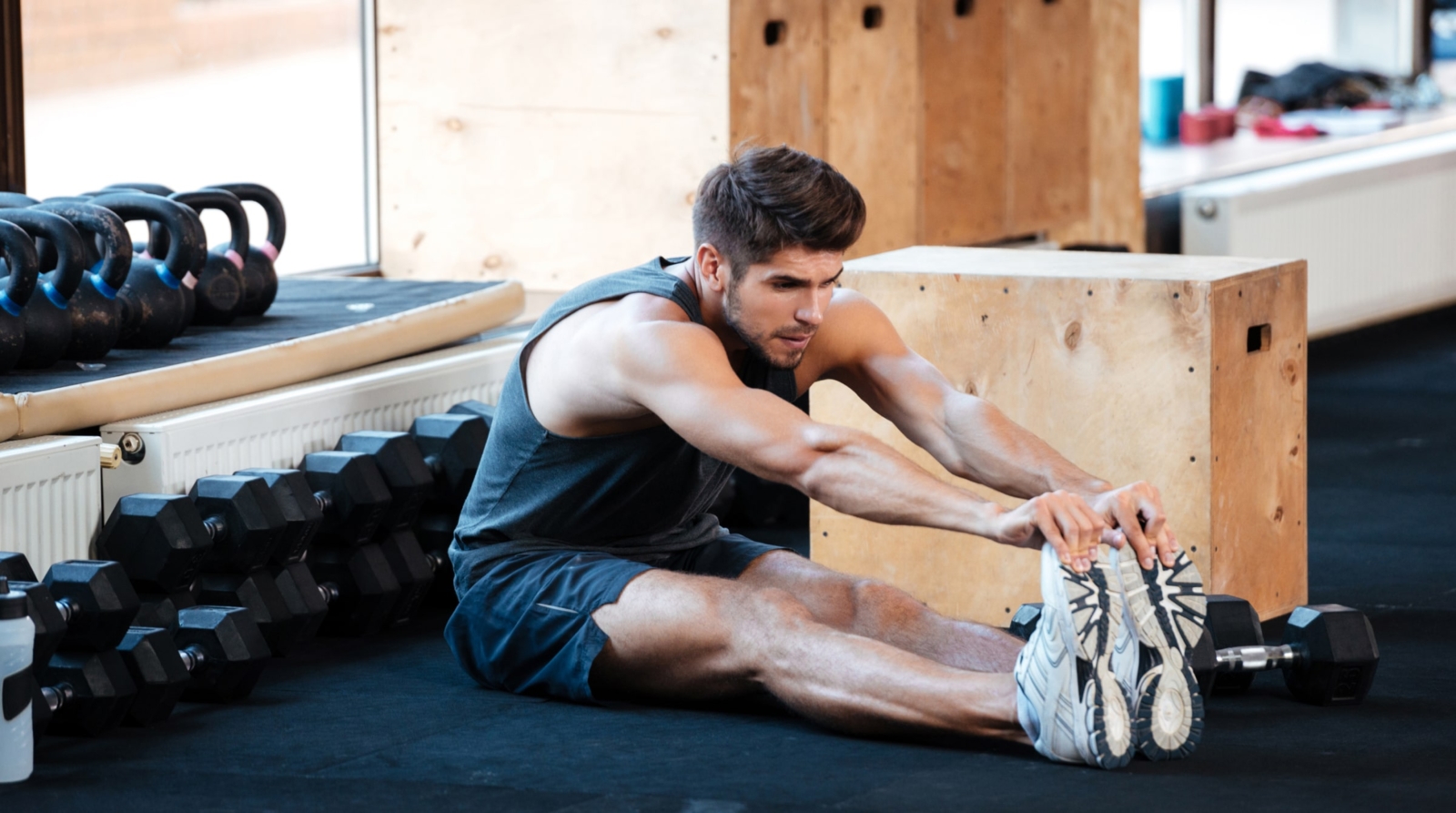
Understanding the two types of flexibility
Before diving in, it's essential to know about the two types of flexibility: active and passive.
Passive flexibility
The flexibility is passive when you stretch a joint to its furthest point and hold it there with the assistance of an external force like gravity, a partner, or even your body weight or hand.
When you’re lying on the ground, and someone stretches your hamstring by bringing your foot closer to the ceiling while keeping the leg straight, that’s passive flexibility.
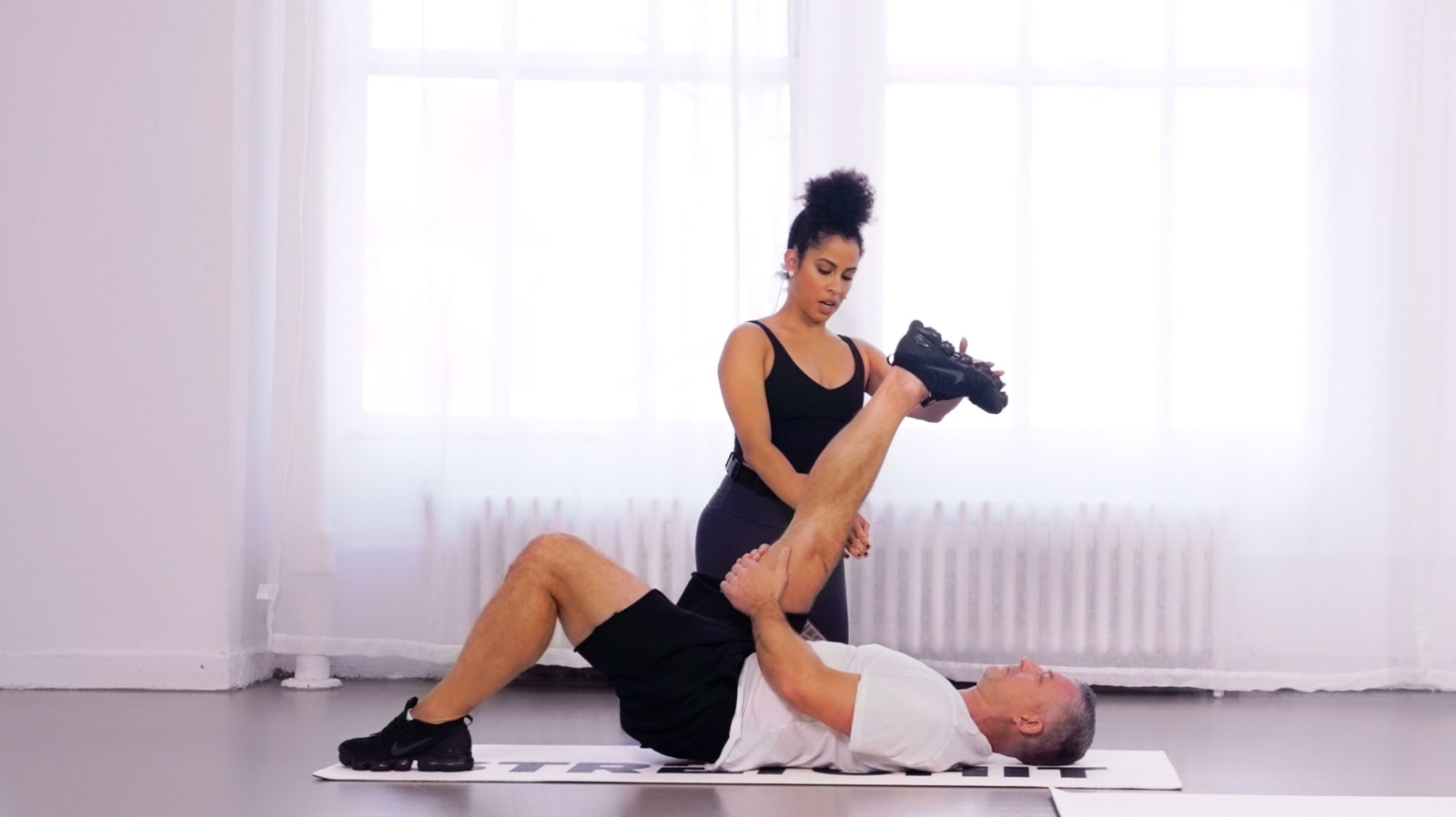
Active (or usable) flexibility
For flexibility to be active, it involves using your strength to achieve a specific pose or position. When you perform the same leg lift without assistance, using your strength, that’s active flexibility.
Say the partner can bring your leg vertical in the leg raise so your foot is at your eye level. But when you’re trying to do the same without assistance, you can only get your foot to your chest level.
That’s a sign that you have a lot of passive flexibility but lack the strength to control the entire range, making your flexibility's end range unusable unless assisted by an external force.
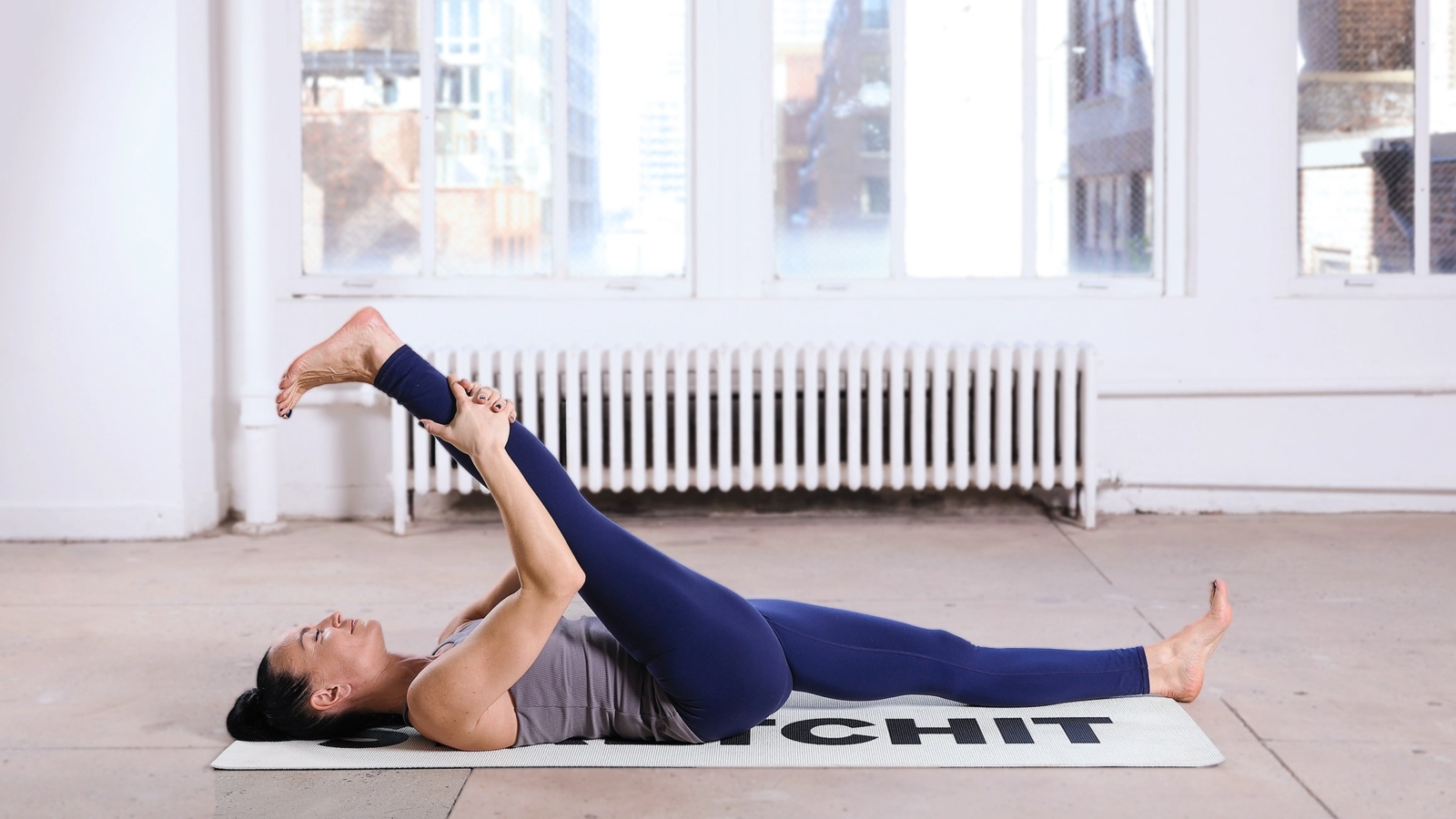
You need passive and active flexibility
You can’t create active flexibility without having the passive first. But out of the two, active flexibility is more functional and brings unique benefits.
With active flexibility, you're increasing your range of motion and strengthening your muscles simultaneously. Your flexibility improvements will likely stick with you for the long term.
Actively flexibility makes you more injury-proof
When you have a lot of passive flexibility without being able to control it actively, your joints are more likely to get into positions where they can’t resist outside forces. Such as deep yoga poses, especially in heated classes.
When the outside forces exceed what you can control, the risk and severity of an injury go up.
Active flexibility and yoga
By incorporating active flexibility training, you can ensure your muscles are engaged, adding stability to the pose and enhancing its benefits. Take the yoga pigeon poses, for example.

Increase flexibility and strength in the pigeon pose with active flexibility
Most people new to active flexibility training say they only really started understanding stretching once they could feel the difference between passive and active flexibility.
This is why a well-planned strength and flexibility training program will often deliver significant improvement compared to passive flexibility practice. It is very challenging and far from relaxing when done right.
Here’s how you include active flexibility training in the pigeon pose:
- Start on your hands and knees, hands directly under your shoulders and knees under your hips.
- Slide your right knee forward towards your right hand.
- Slide your left leg back as far as your hips will allow. Keep your hips square to the floor.
- While staying upright, gently drive the lower part of your right leg into the ground. You should feel the muscles outside your right hip and leg contract.
- Gradually increase this contraction by driving the right leg harder into the ground.
- Maintain this contraction for up to 30 seconds.
- Relax and allow yourself to sink deeper into the pose.
- While still in the pose, imagine gently lifting the right leg off the ground, driving it towards your chest. You should feel the muscles on the inside of the right leg contract (whether the leg moves is irrelevant, what matters is the intention).
- Gradually increase this contraction by driving the right leg harder towards your chest.
- Maintain this contraction for up to 30 seconds.
Active flexibility training might feel intimidating at first
Start small and gradually increase the muscle contraction length and intensity in the stretches to your challenge level. Treat your active flexibility practice like strength training: some day challenging, some days easy and most somewhere in the middle.
And when you find it challenging, remember that increasing your active flexibility bridges the gap between flexibility and strength, making your workouts more effective and balanced.
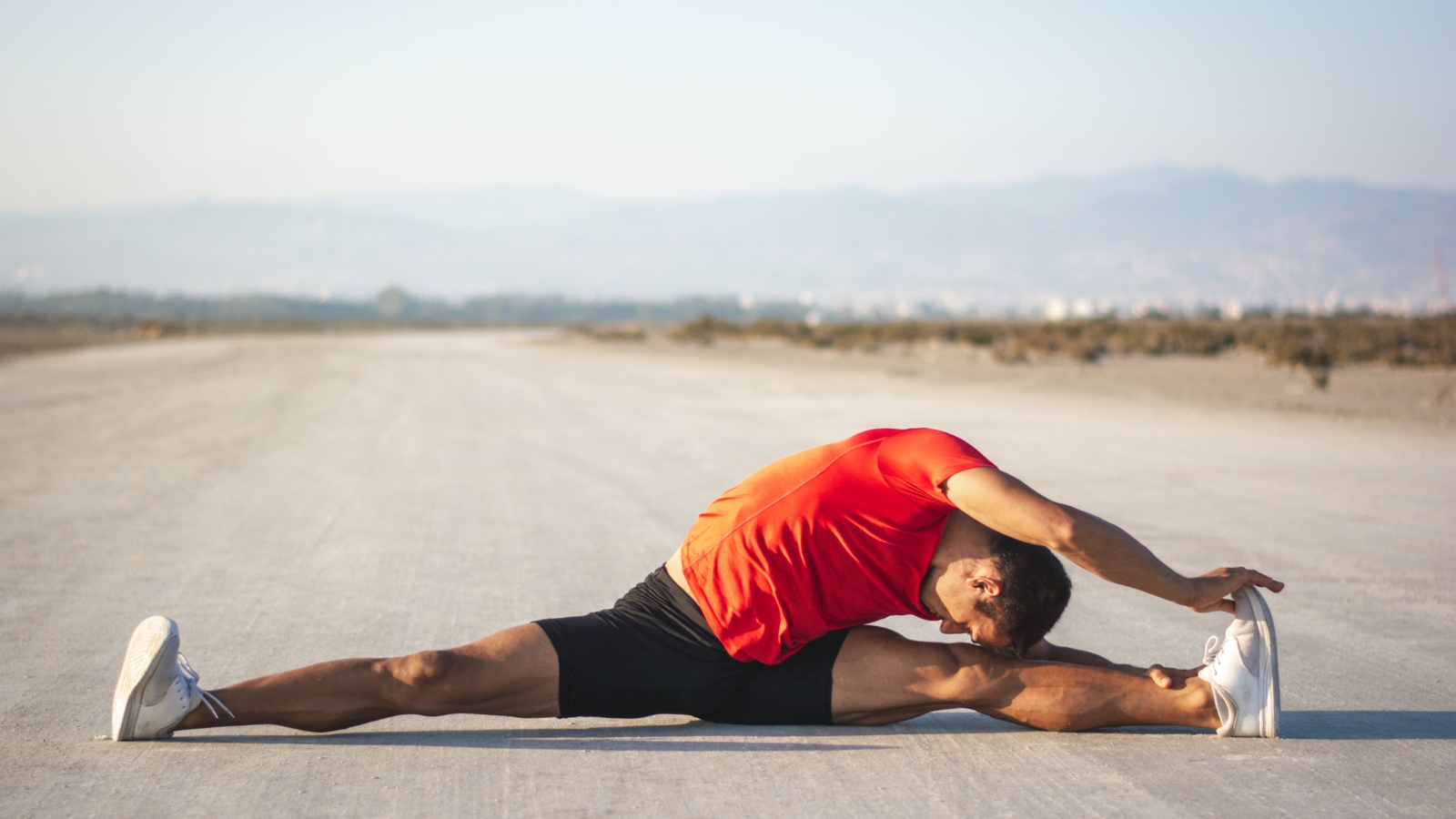
STRETCHIT as your personal flexibility coach
While traditional yoga blends physical postures with meditation and breathing practices, STRETCHIT zeroes in on achieving your specific flexibility goals.
Our goal-driven, science-based approach to flexibility training takes passive and active flexibility concepts and wraps them into an easy-to-follow, result-driven practice, regardless of your starting point.
STRETCHIT deviates from the spiritual undertones of yoga, focusing on the biomechanics of stretching, helping you actively strengthen your ranges of motion.
We help you target specific flexibility goals with precision, ensuring you get the most out of your effort.
While we might not have all the answers for how to stay motivated to work out, our users often comment how STRETCHIT has made it easier for them to stick to the flexibility habit.
But don’t take our word for it. Click here to try the STRETCHIT app for free with a 7-day trial.

